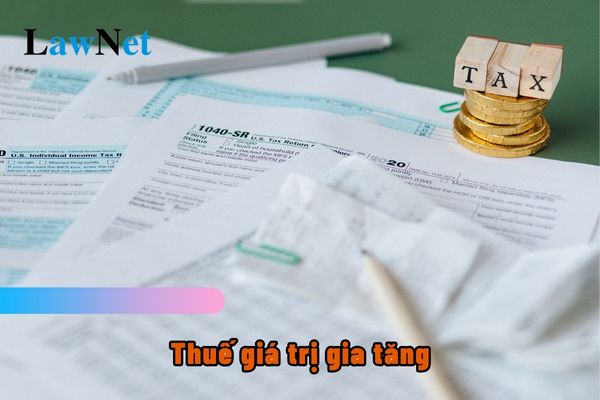How to calculate value-added tax payable by the tax credit method in Vietnam?
What are conditions for input value-added tax credit in Vietnam?
Based on Clause 2, Article 12 of the Law on Value-Added Tax 2008, as amended by Clause 6, Article 1 of the Law on Amendments to Law on Value-Added Tax 2013 as follows:
Condition [1] An invoice for value-added tax on purchased goods, services, or a document for paying value-added tax at the import stage;
Condition [2] A non-cash payment document for purchased goods and services, except for goods and services purchased individually with a value of less than twenty million VND;
Condition [3] For exported goods and services, in addition to the conditions prescribed at points a and b of this clause, there must also be: a contract signed with the foreign party for the sale, processing of goods, provision of services; an invoice for the sale of goods, services; a non-cash payment document; a customs declaration for exported goods.
Payment for exported goods and services by offsetting between exported goods and services with imported goods and services, or offsetting state debts, is considered non-cash payment.

How to calculate value-added tax payable by the tax credit method in Vietnam? (Image from the Internet)
How to calculate value-added tax payable by the tax credit method in Vietnam?
Based on Article 10 of the Law on Value-Added Tax 2008, as amended by Clause 4, Article 1 of the Law on Amendments to Law on Value-Added Tax 2013 as follows:
tax credit method
1. The value-added tax credit method is regulated as follows:
a) The value-added tax payable by the tax credit method is determined by the output value-added tax minus the deductible input value-added tax;
b) Output value-added tax is the total value-added tax of goods and services sold recorded on the value-added tax invoice.
The value-added tax of goods and services sold recorded on the value-added tax invoice is calculated by multiplying the taxable price of goods and services sold by the value-added tax rate of such goods and services.
In cases where the document records the payment price as already inclusive of value-added tax, the output value-added tax is determined by the payment price minus the taxable price calculated as prescribed at point k, clause 1, Article 7 of this Law;
c) The deductible input value-added tax is the total value-added tax recorded on value-added tax invoices for purchased goods and services, documents for paying value-added tax on imported goods and satisfying the conditions prescribed in Article 12 of this Law.
2. The tax credit method applies to business establishments fully implementing policies on accounting, invoices, and documents as prescribed by the law on accounting, invoices, and documents, including:
a) Business establishments with annual revenue from the sale of goods and provision of services of one billion VND or more, except households and individual business entities;
b) Business establishments voluntarily registering to apply the tax credit method, except households and individual business entities.
3. The Government of Vietnam provides detailed regulations on this Article.
Thus, according to the above regulations, the value-added tax payable by the tax credit method is calculated as the output value-added tax minus the deductible input value-added tax.
What are the 5 methods of input value-added tax credit in Vietnam?
Based on Clause 1, Article 12 of the Law on Value-Added Tax 2008, as amended by Clause 6, Article 1 of the Law on Amendments to Law on Value-Added Tax 2013 as follows:
[1] Input value-added tax on goods and services used for production, business activities of taxable goods and services is fully deductible, including unreimbursed input value-added tax of taxable goods and services suffering losses;
[2] Input value-added tax on goods and services simultaneously used for the production, business of both taxable and non-taxable goods and services is only deductible for input value-added tax on goods and services used for the production, business of taxable goods and services.
Business establishments must separately account for deductible and non-deductible input value-added tax; if separate accounting cannot be done, the deductible input tax is calculated based on the percentage ratio of taxable goods and services revenue to total revenue of goods and services sold;
[3] Input value-added tax on goods and services sold to organizations or individuals using funds from humanitarian aid, non-refundable aid is fully deductible;
[4] Input value-added tax on goods and services used for activities of oil and gas exploration, development is fully deductible;
[5] Input value-added tax arising in any month is declared, deducted when determining the tax payable of that month.
In cases where business establishments discover errors in declared, deducted input value-added tax, they are allowed to declare, deduct additional amounts before the tax authority announces the decision to inspect, audit taxes at the taxpayer's headquarters.

